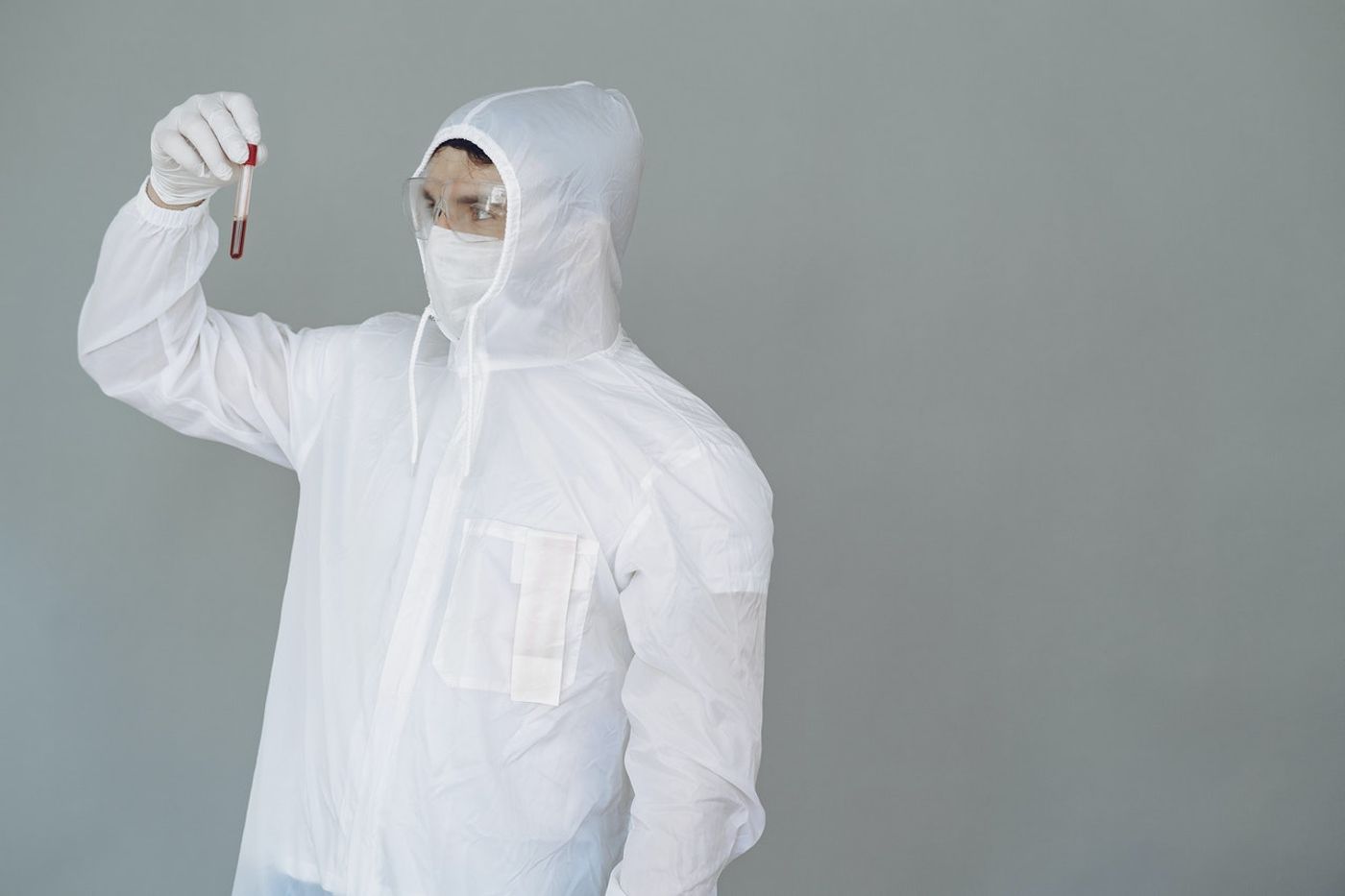Gonorrhea Testing on the Go
Forget lab-based tests—a new portable microfluidic device links to a mobile app, diagnosing gonorrhea in just 15 minutes. The PROMPT (portable, rapid, on-cartridge, magnetofluidic purification and testing platform) device can also tell if frontline antibiotics will be effective against the particular strain detected.
“Our portable, inexpensive testing platform has the potential to change the game when it comes to diagnosing and enabling rapid treatment of sexually transmitted infections,” said study lead Tza-Huei Wang.
“It ensures that patients are diagnosed on the spot, and treatment can begin immediately, improving clinical outcomes. This will be especially valuable in low-resource settings, where well-equipped laboratories are not always available to every patient.”
Gonorrhea is a sexually transmitted disease resulting from infection with the Neisseria gonorrhoeae bacterium. Over 87 million people around the world are affected by the infection. Besides these staggering statistics, the emergence of several antibiotic-resistant strains of the bacteria is also concerning for public health experts.
New cost-effective technologies like PROMPT that can diagnose the condition using a simple procedure could be transformative, particularly in low-resource areas. Here, a swab of the patient sample is mixed with magnetized particles in a tube before being loaded into a cartridge. The device, which runs on a five-volt battery, runs through 40 cycles of the polymerase chain reaction before the data indicating a positive or negative test are transmitted to a connected mobile phone.
The PROMPT device was tested in the field, deployed to sexual health clinics in Baltimore and Kampala in Uganda. It was found to accurately detect the most common gonorrhea bacterial strain with an accuracy rate of 97 percent. PROMPT was 100% accurate in detecting whether or not the gonorrhea strain would respond to the antibiotic ciprofloxacin.
“We expect to be able to deliver these products to those who can really benefit from them in two to three years,” said Want, whose team is creating a spin-off company to commercialize their innovation.
Source: Science Translational Medicine, Johns Hopkins University.









